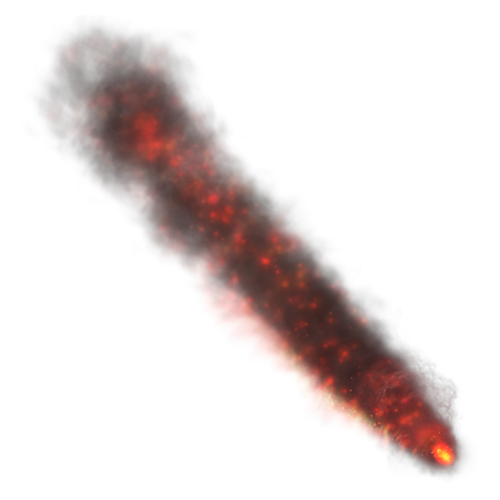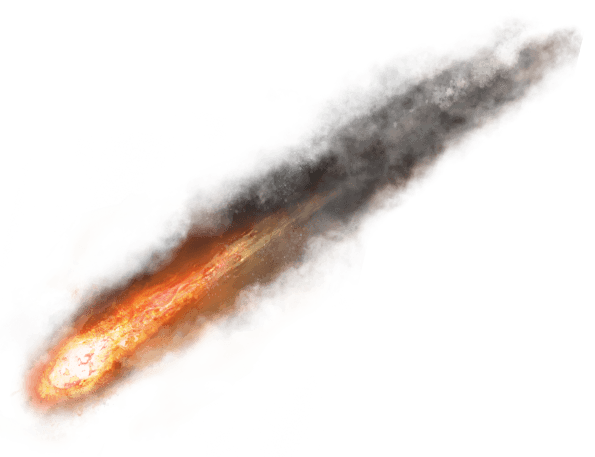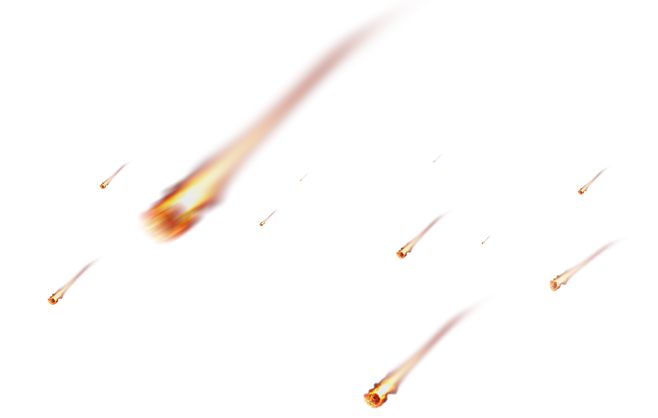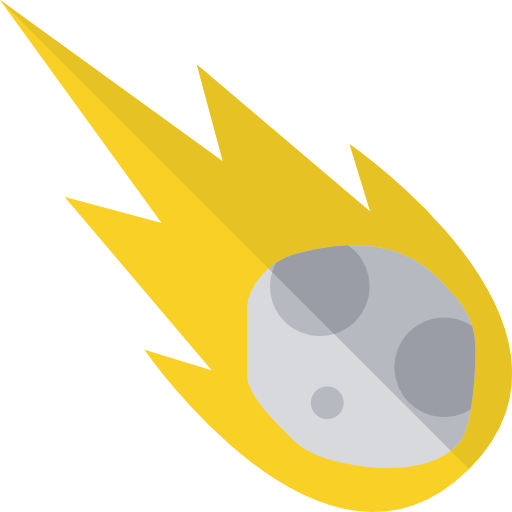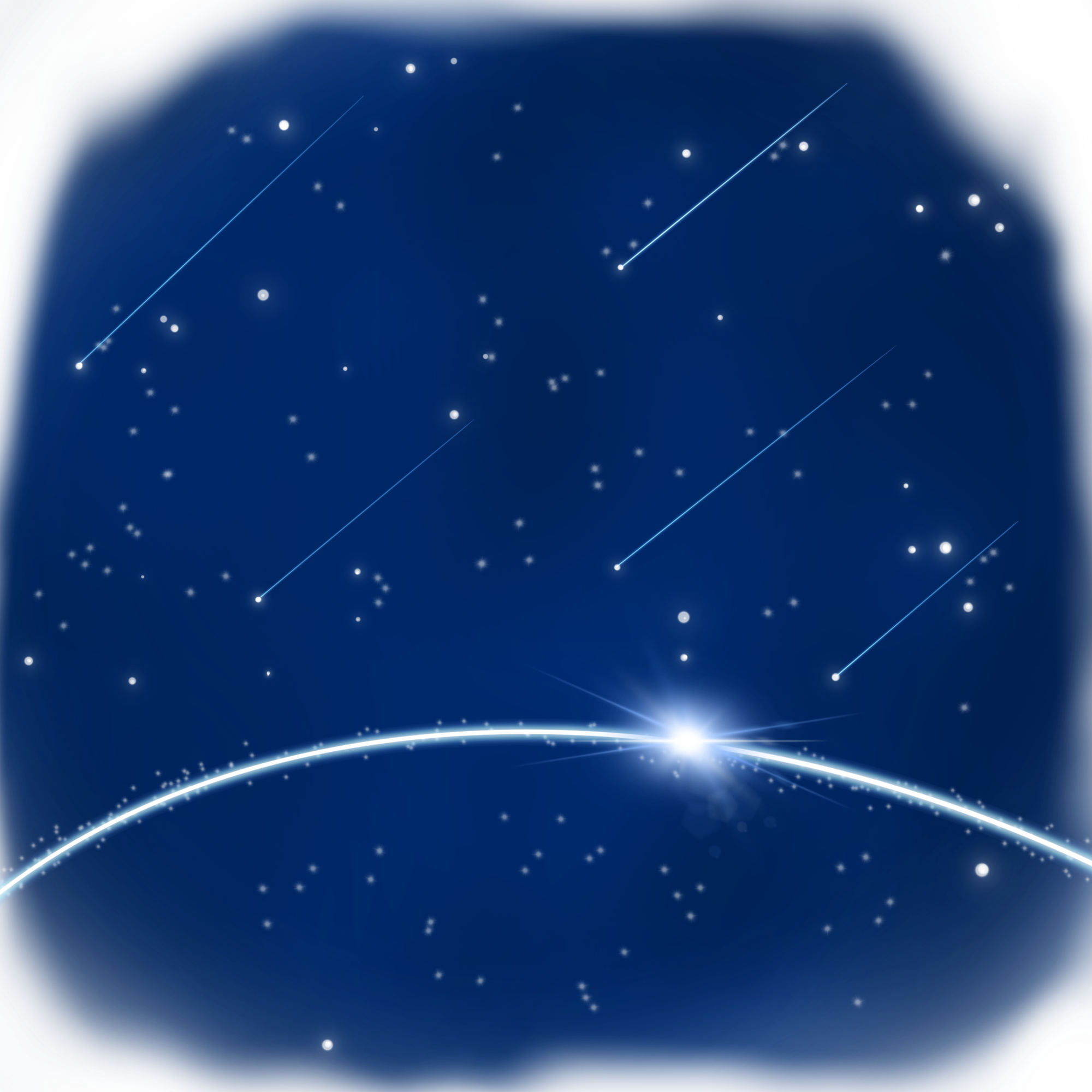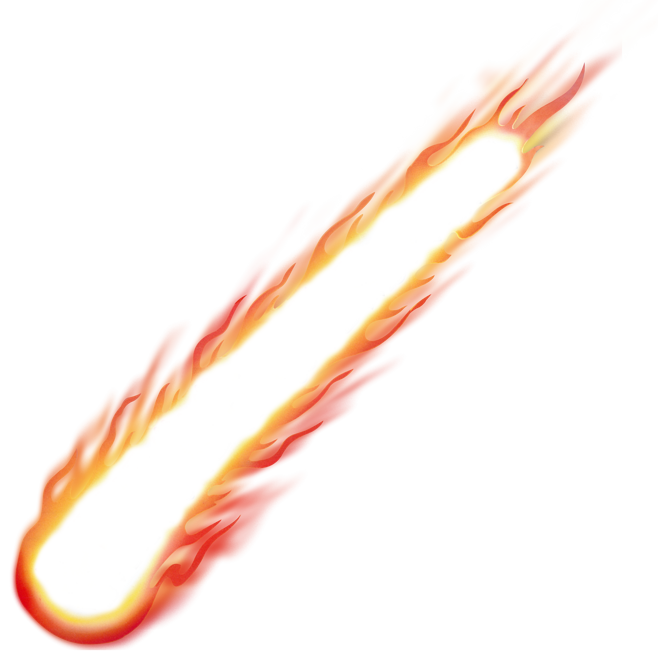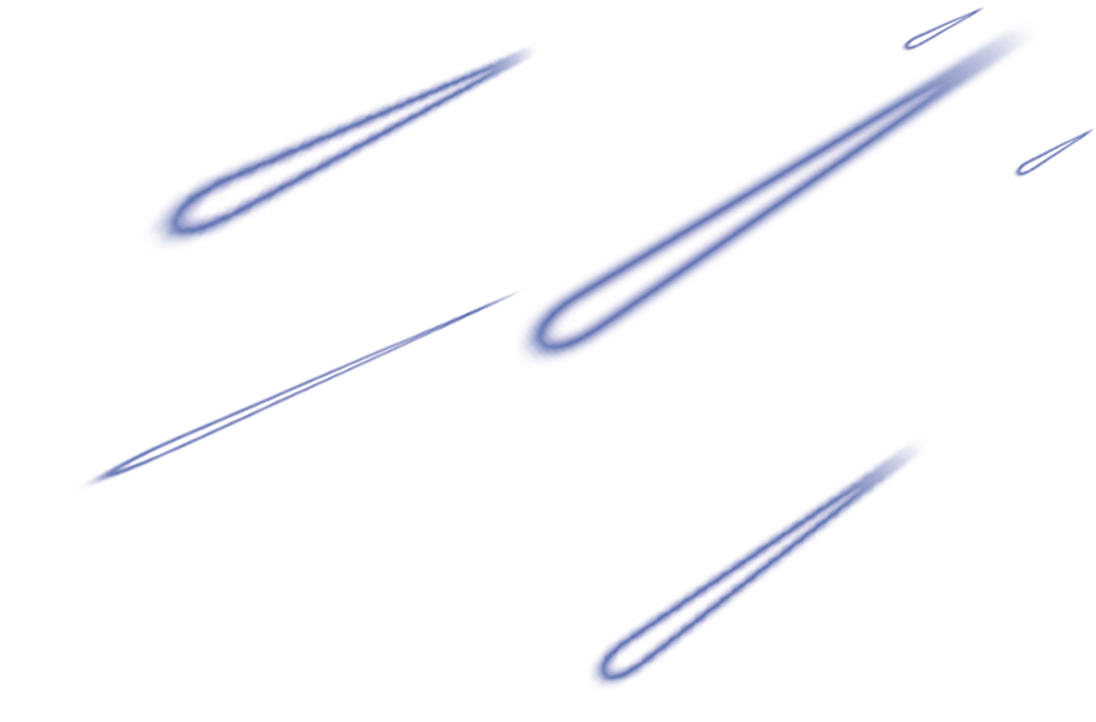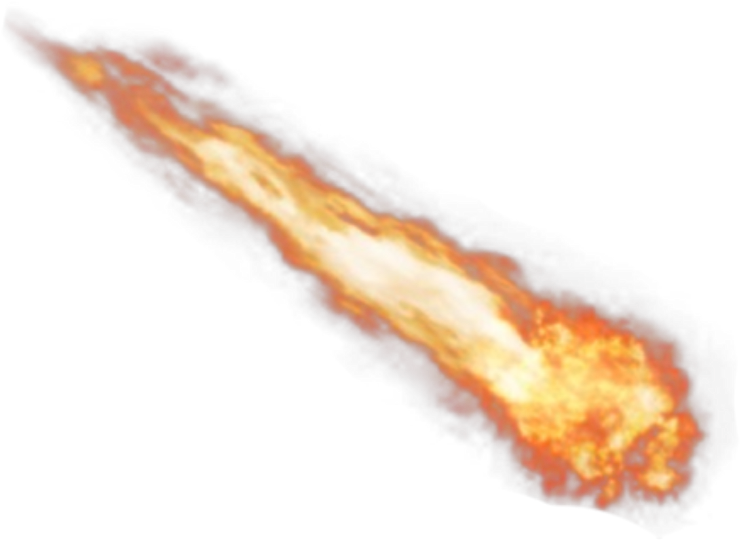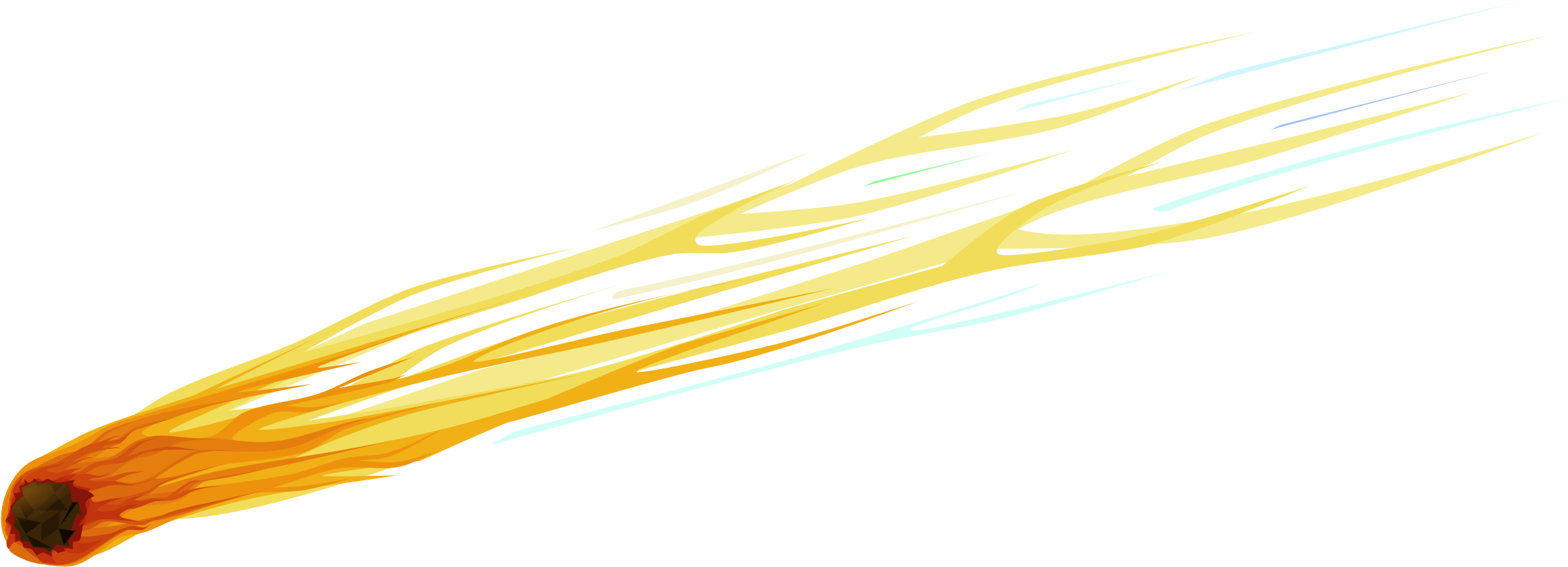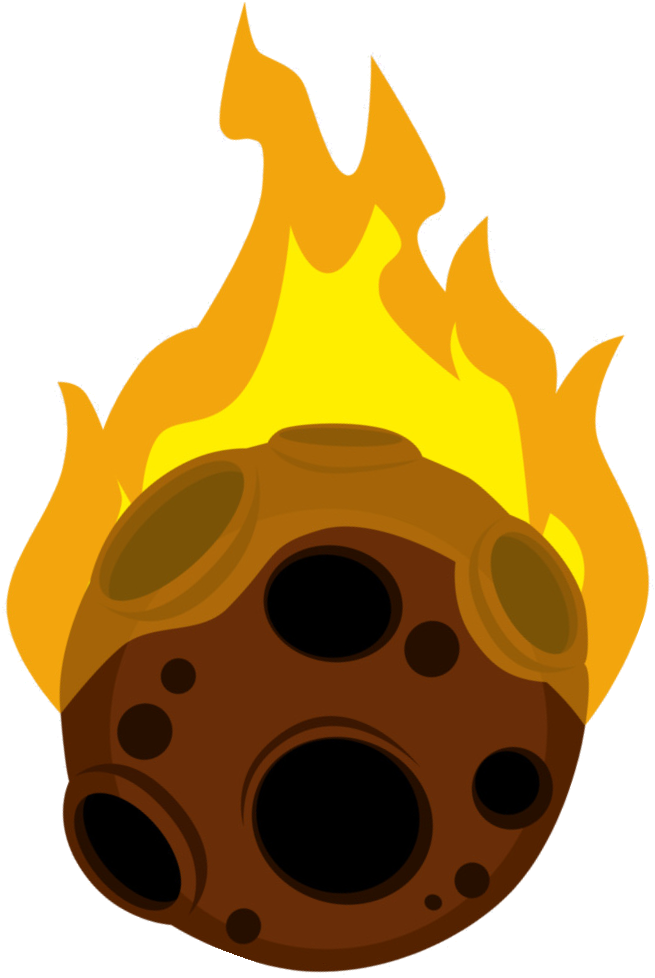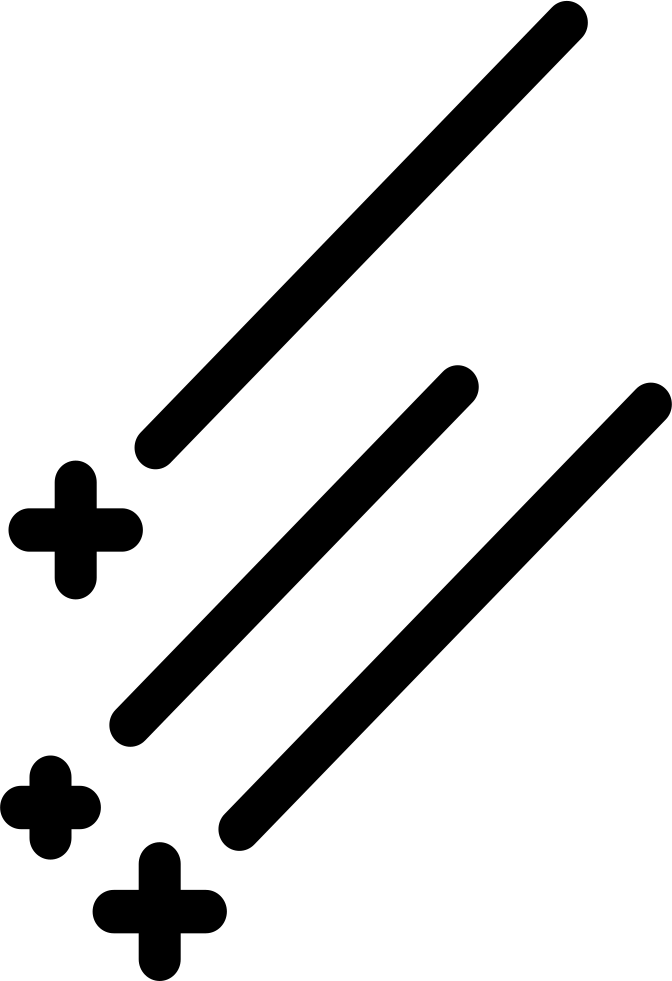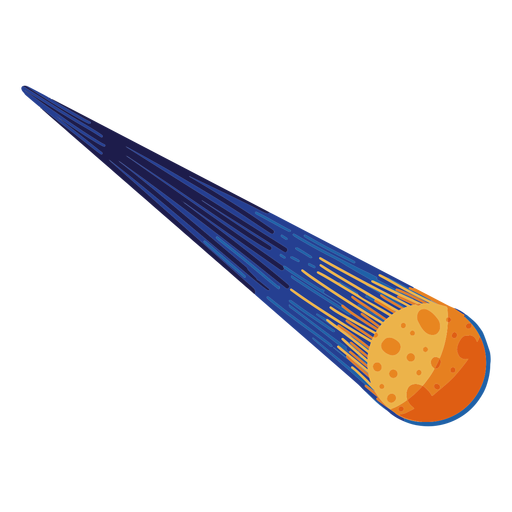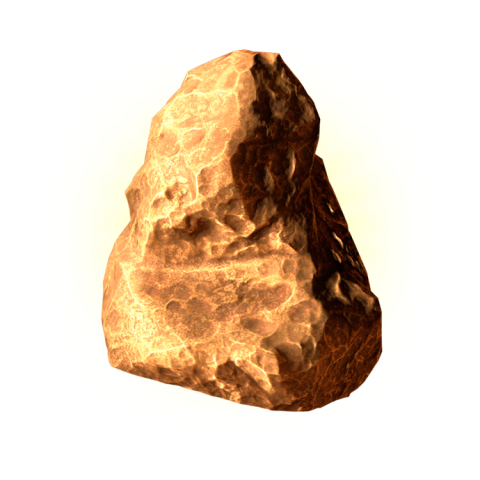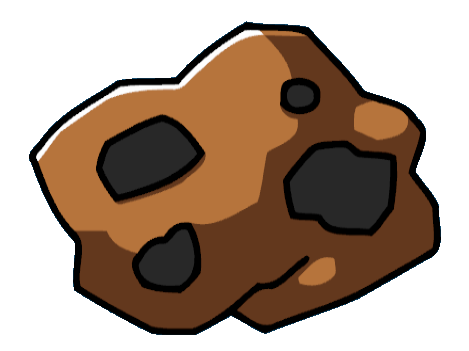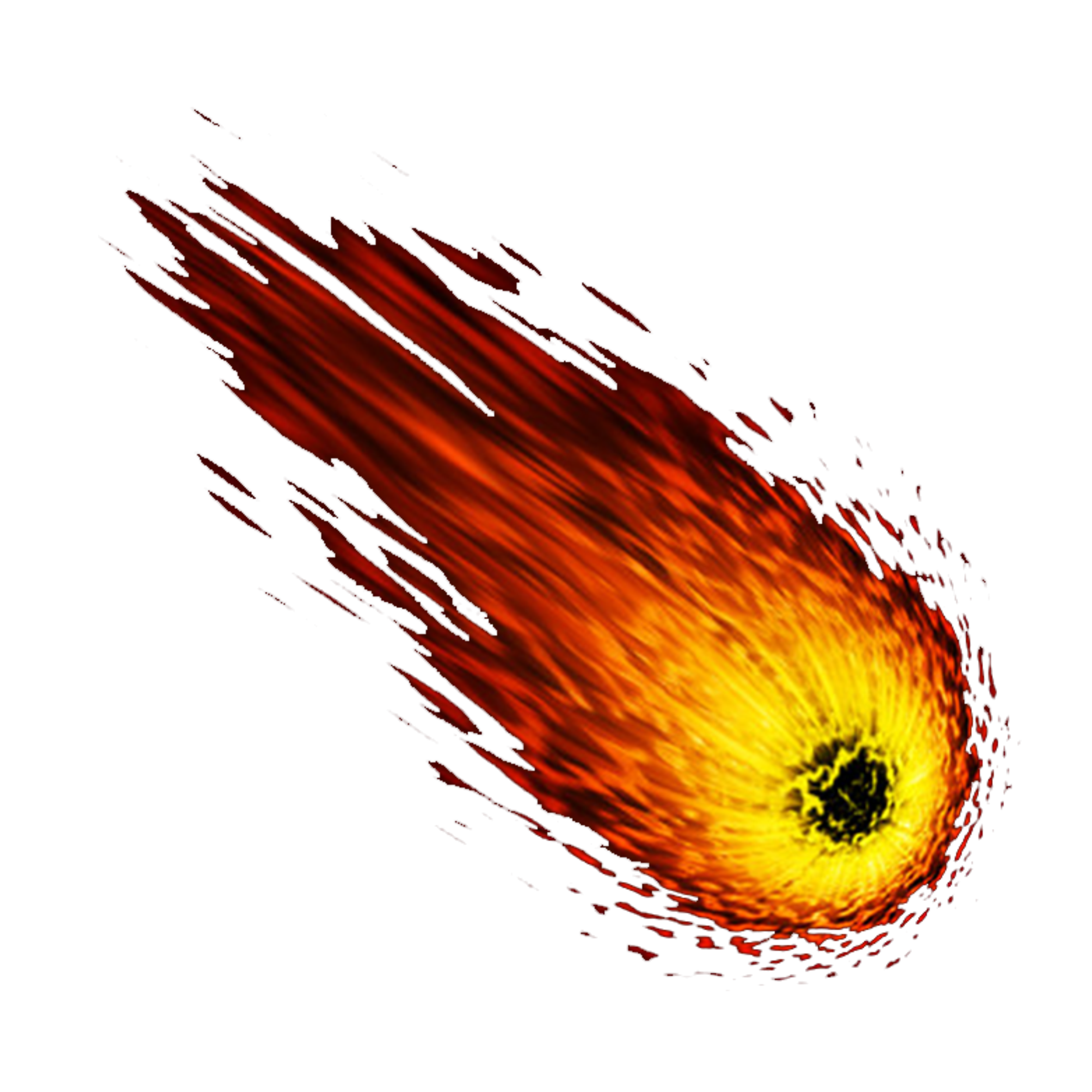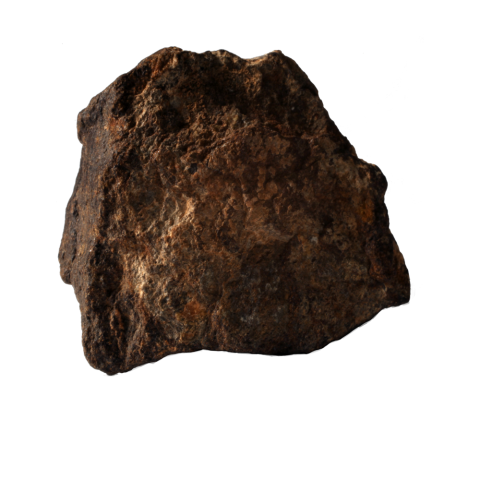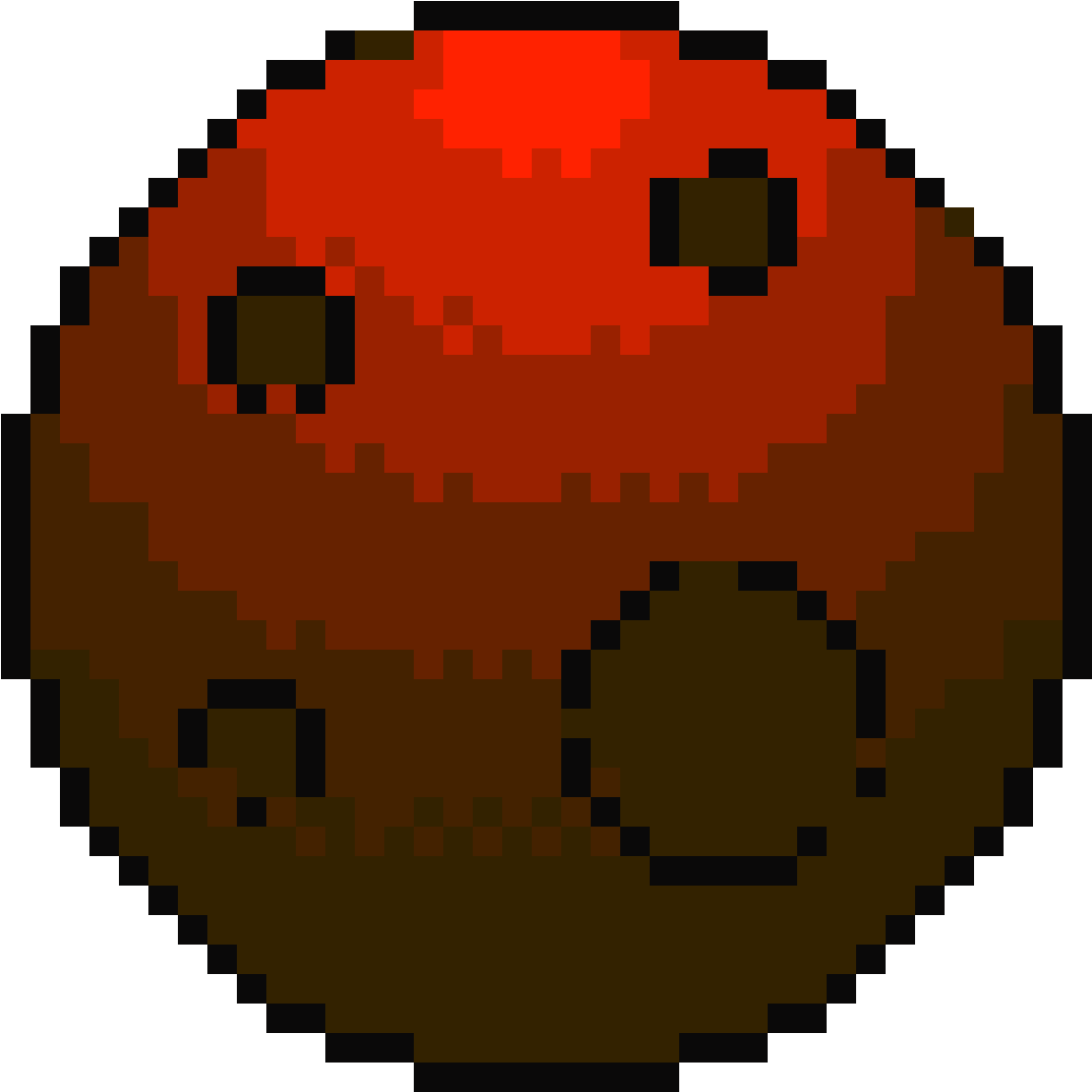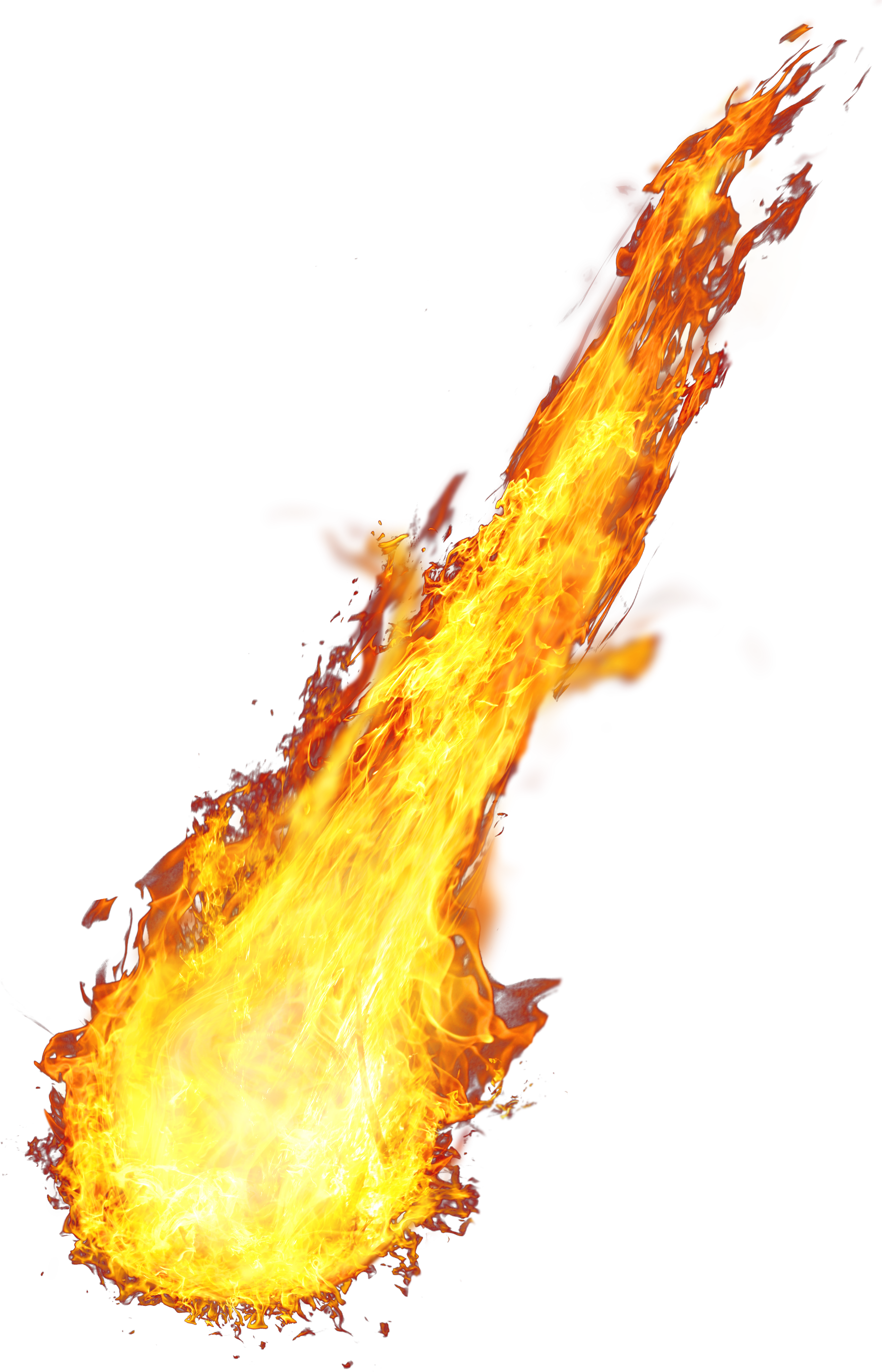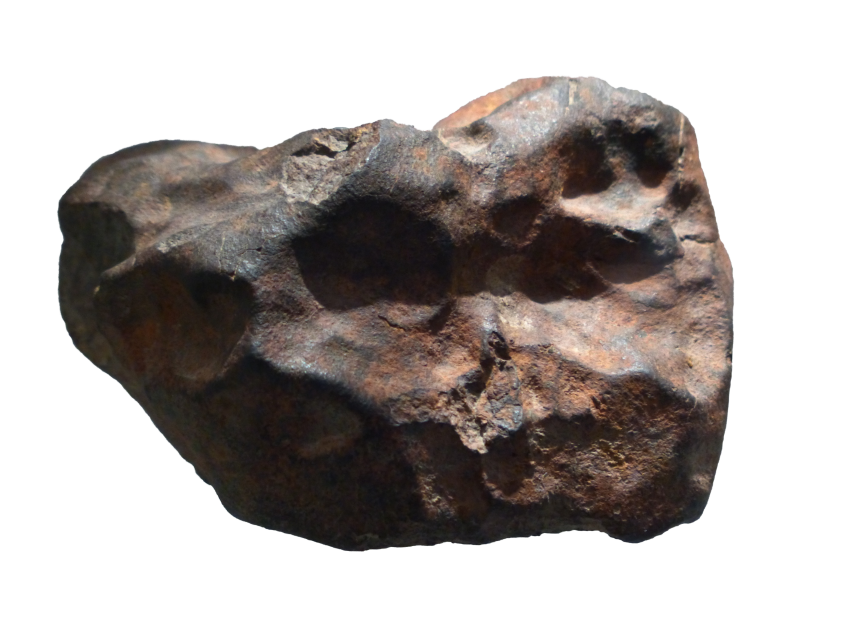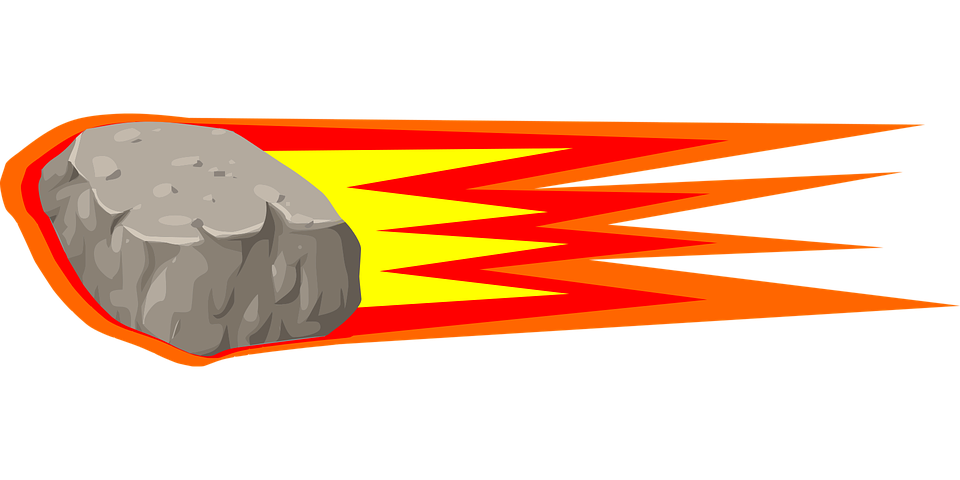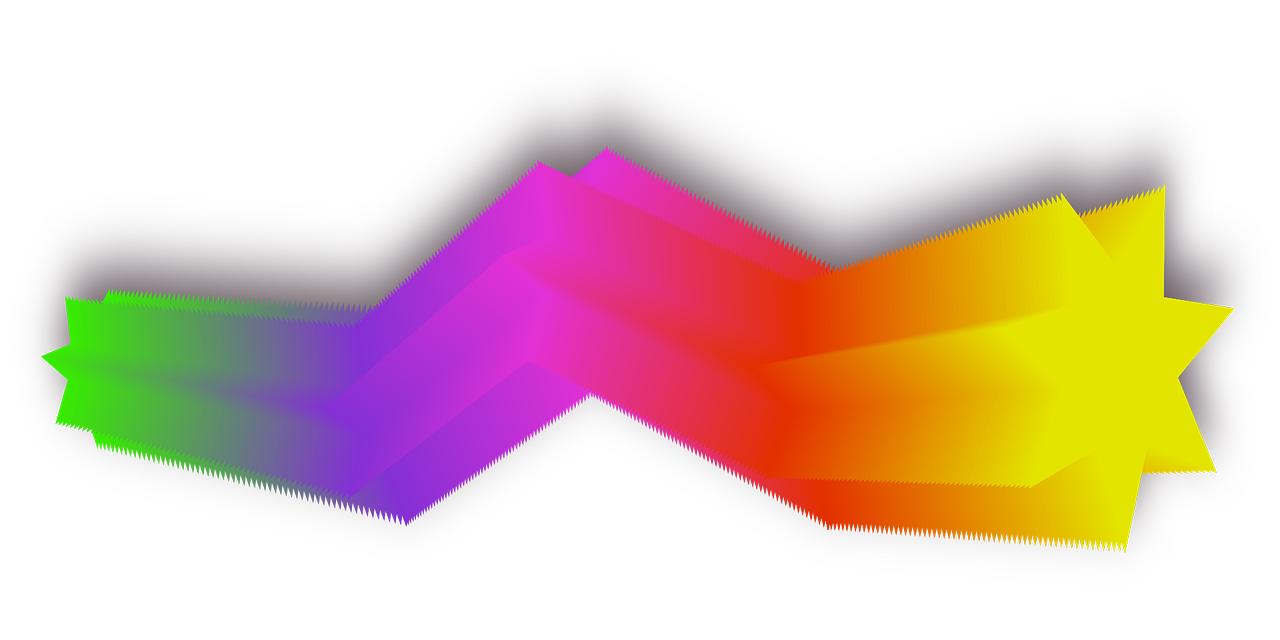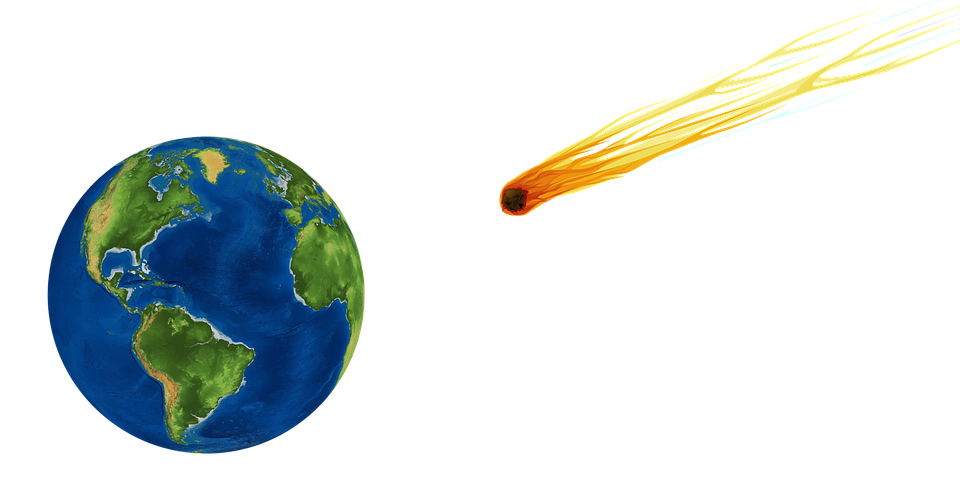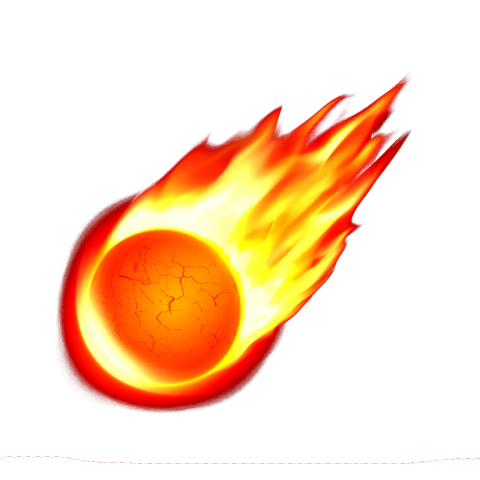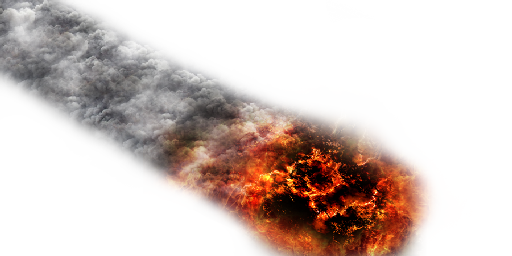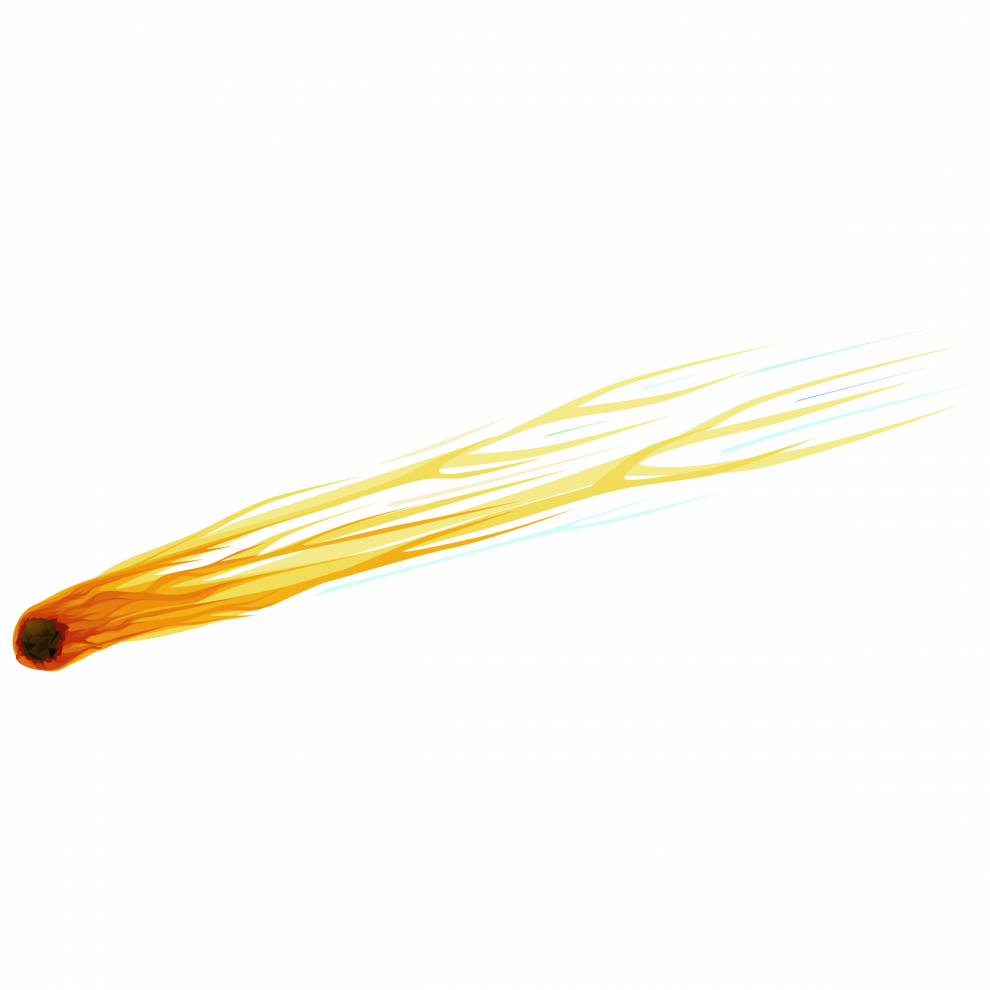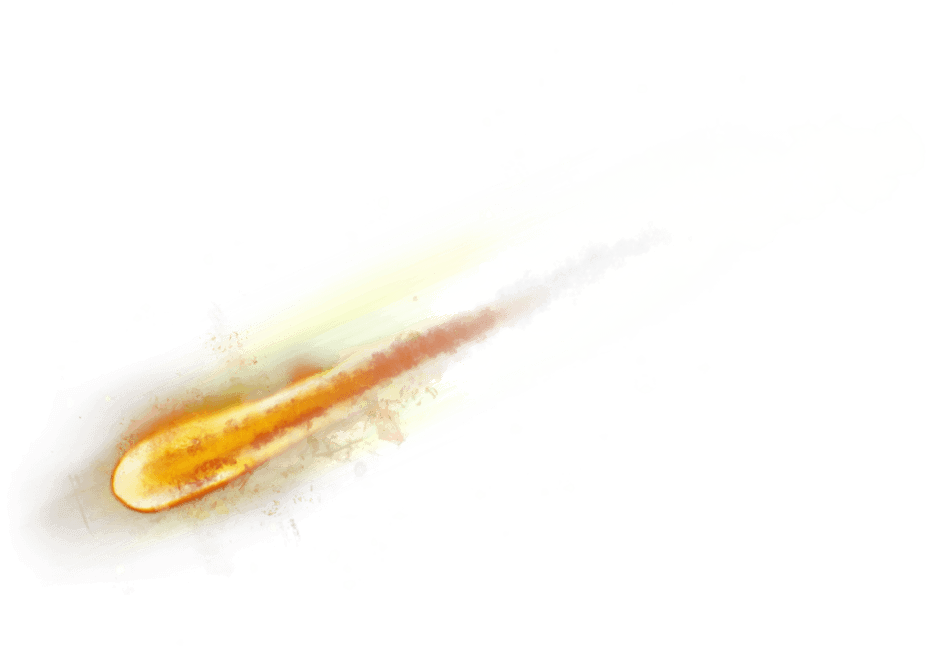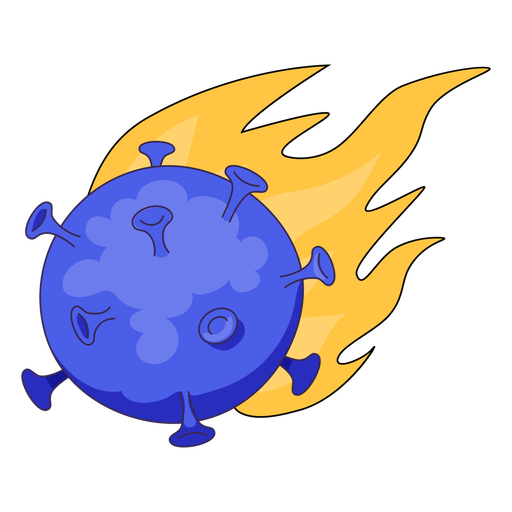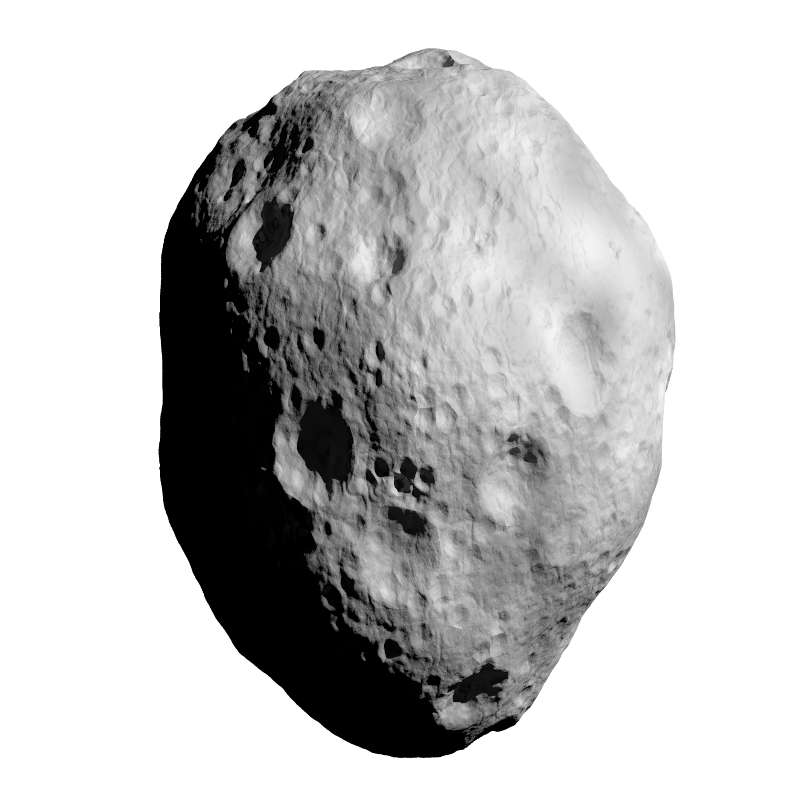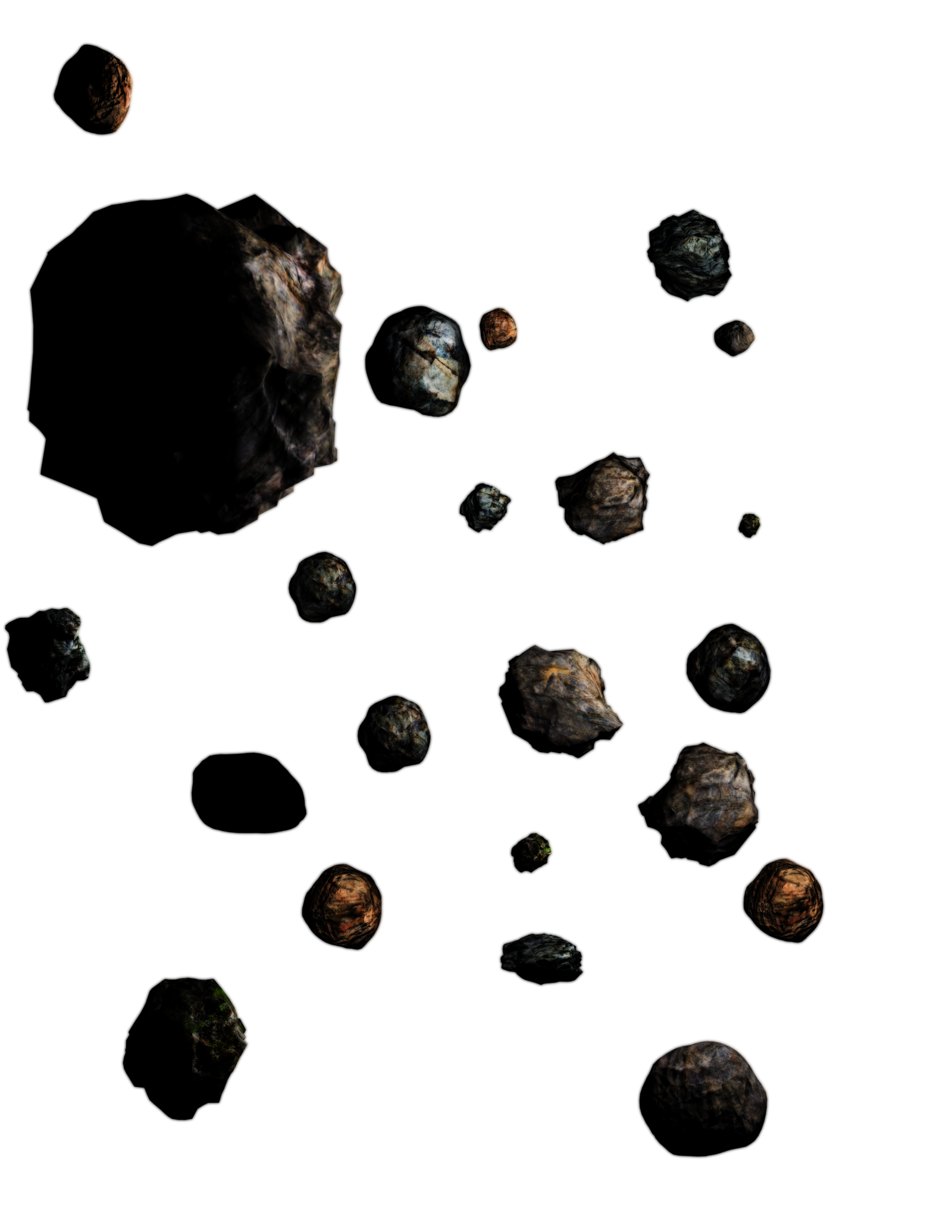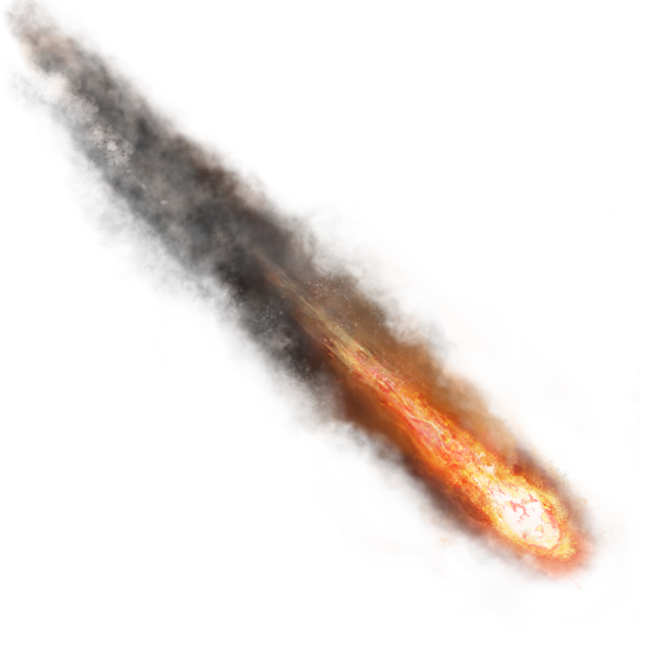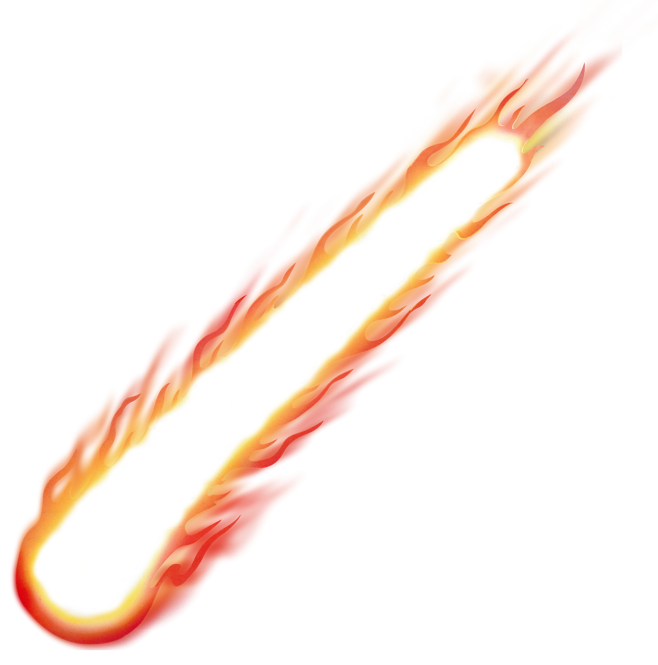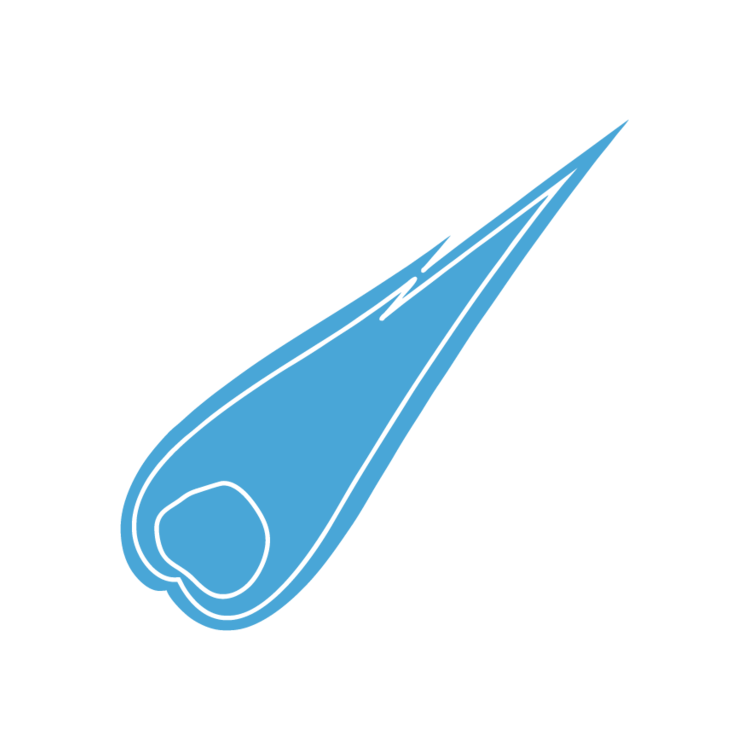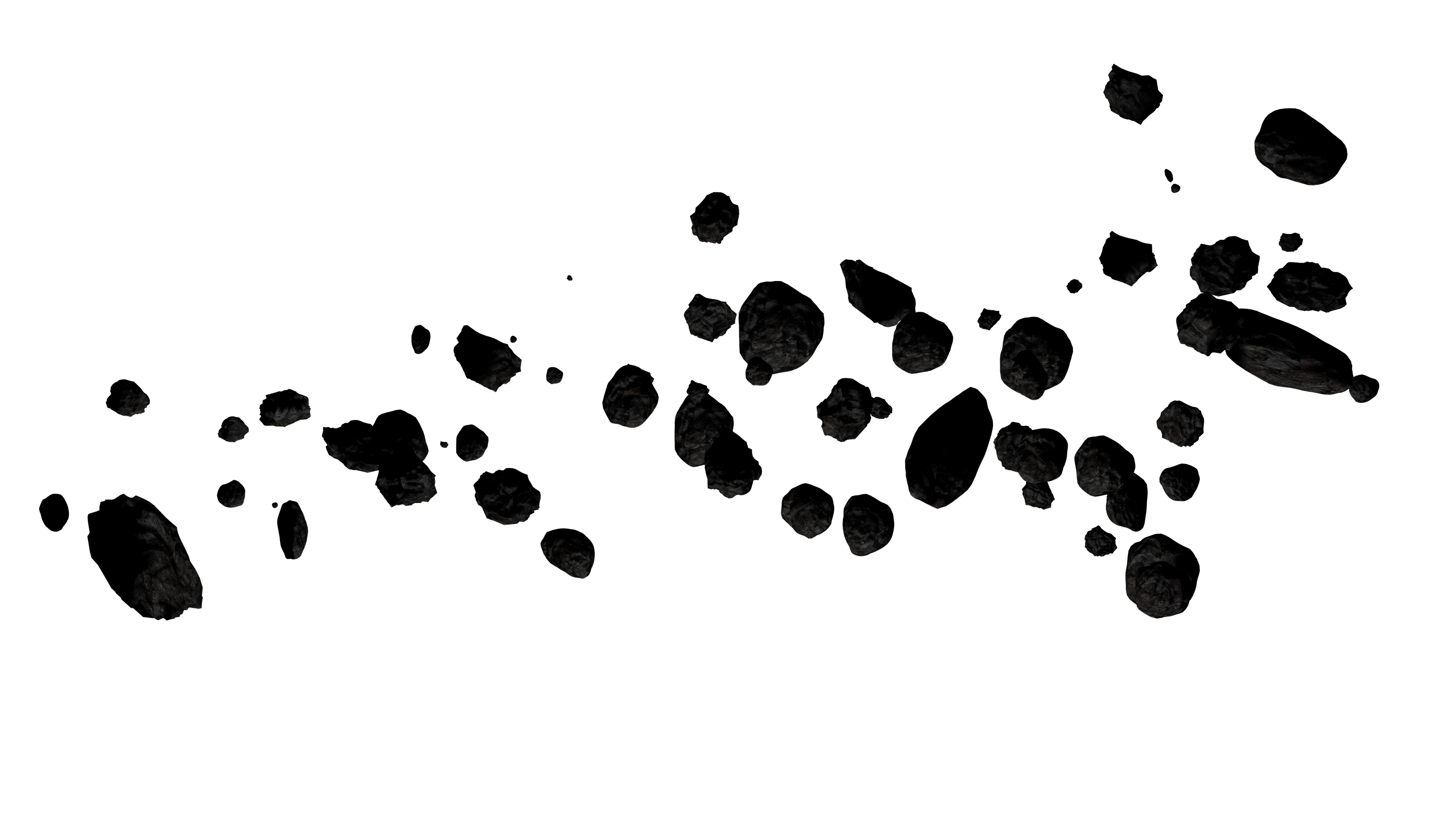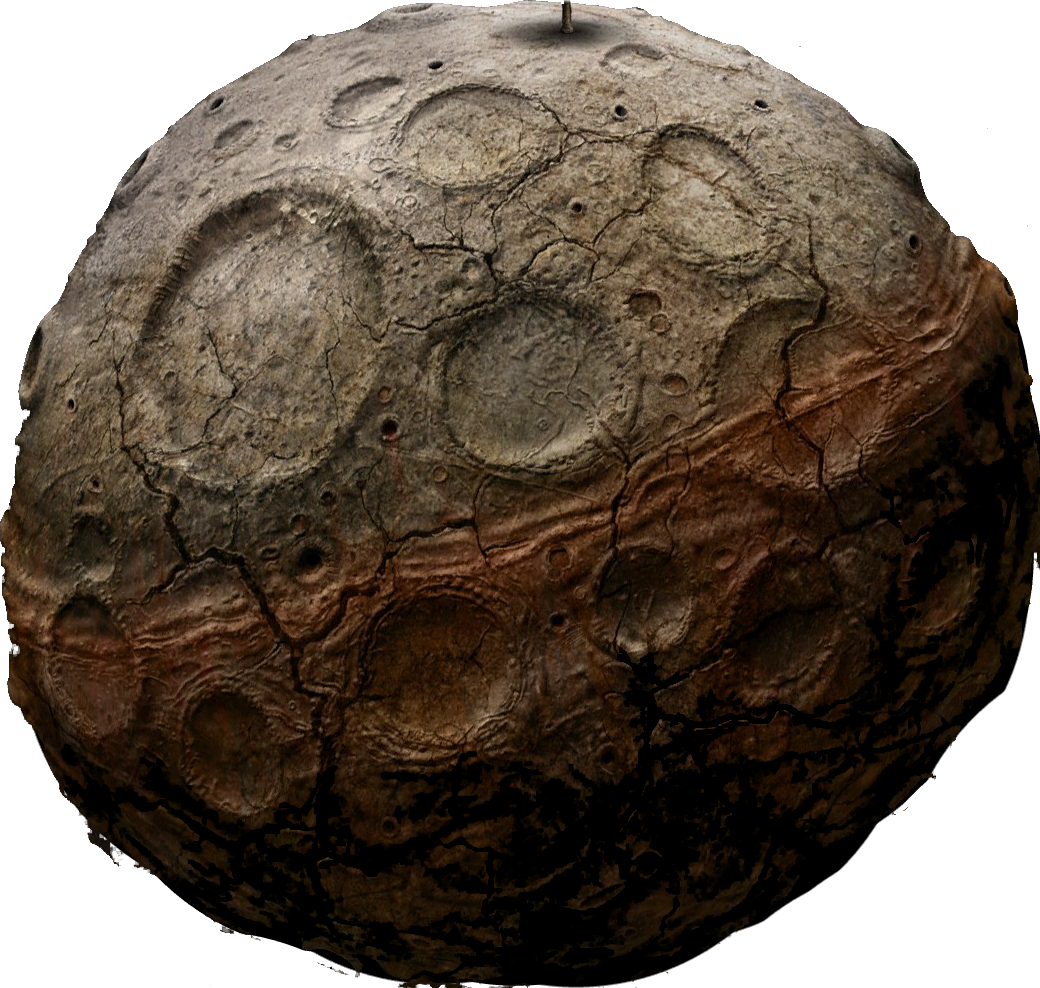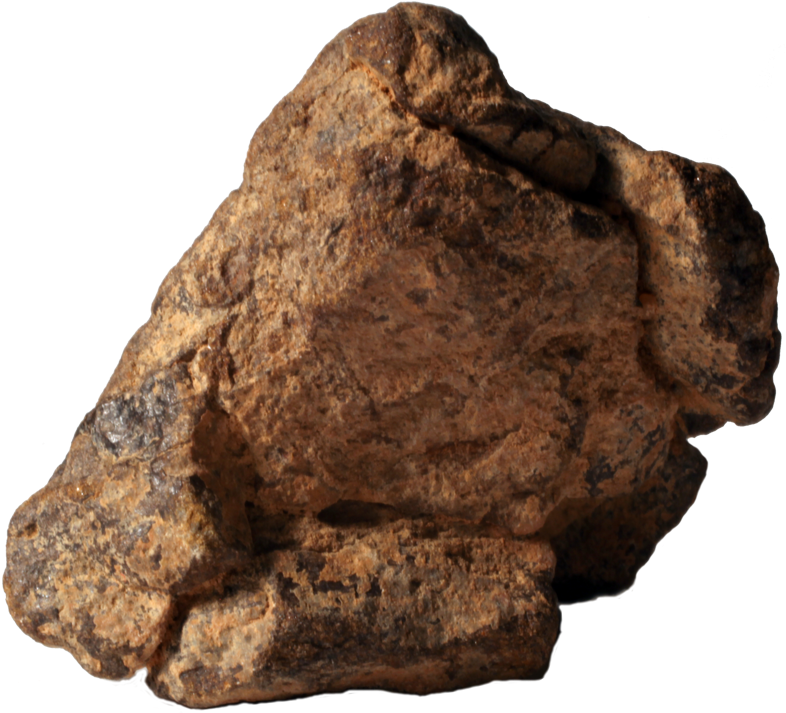Download top and best high-quality free Meteor PNG Transparent Images backgrounds available in various sizes. To view the full PNG size resolution click on any of the below image thumbnail.
License Info: Creative Commons 4.0 BY-NC
In outer space, a meteoroid is a tiny rocky or metallic body.
Meteoroids are much smaller than asteroids, ranging in size from a few grains to objects of one meter in diameter. Micrometeoroids or space dust are objects that are smaller than this. The majority of them are comet or asteroid fragments, but some are collision impact debris expelled from worlds like the Moon or Mars.
When a meteoroid, comet, or asteroid hits Earth’s atmosphere at speeds of more than 20 km/s (72,000 km/h; 45,000 mph), the object’s aerodynamic heating generates a streak of light, both from the glowing object and from the trail of glowing particles it leaves behind. A meteor, sometimes known as a “shooting star,” is a natural occurrence.
When meteors reach a height of roughly 100 kilometers above sea level, they become visible. A meteor shower is a group of meteors that appear to come from the same fixed location in the sky and appear to occur seconds or minutes apart. A meteorite is the remnants of a meteoroid that has hit the ground after its surface material has been abated during its passage through the atmosphere as a meteor.
Each day, an estimated 25 million meteoroids, micrometeoroids, and other space debris enter the atmosphere, resulting in an estimated 15,000 tonnes of debris entering the atmosphere.
A meteoroid was described by the International Astronomical Union (IAU) in 1961 as “a solid object travelling in interplanetary space, having a size substantially less than an asteroid but much bigger than an atom.”
Beech and Steel suggested a revised definition in the Quarterly Journal of the Royal Astronomical Society in 1995, stating that a meteoroid should be between 100 m and 10 m (33 ft) broad. To retain the difference, Rubin and Grossman recommended a change of the prior definition of meteoroid to objects between 10 m and one meter (3 ft 3 in) in diameter in 2010, following the finding of asteroids smaller than 10 m.
The minimal size of an asteroid, according to Rubin and Grossman, is determined by what can be seen from Earth-bound observatories, therefore the line between meteoroid and asteroid is hazy. 2008 TS26 with H = 33.2 and 2011 CQ1 with H = 32.1, both with an estimated size of one meter, are two of the tiniest asteroids identified (based on absolute magnitude H) (3 ft 3 in).
The International Astronomical Union (IAU) revised its definition in April 2017, restricting size to between 30 m and one meter in diameter, but allowing for a departure for any object that causes a meteor.
Micrometeoroids and interplanetary dust are objects that are smaller than meteoroids. The name “meteoroid” is not used by the Minor Planet Center.
Extraterrestrial nickel and iron are found in almost all meteoroids. They are divided into three categories: iron, stone, and stony-iron. Chondrites are stone meteoroids that feature grain-like inclusions known as chondrules. Achondrites are stony meteoroids that lack these properties and are often generated by alien igneous activity; they contain little or no extraterrestrial iron.
The composition of meteoroids may be determined from their paths and the light spectra of the ensuing meteor as they fly through Earth’s atmosphere. Their impacts on radio waves also provide information, which is particularly valuable for daylight meteors that are normally difficult to spot. Meteoroids have been discovered to have a variety of orbits based on these trajectory studies, with some grouping in streams (see meteor showers) frequently related with a parent comet and others appearing to be erratic.
Debris from meteoroid streams may be spread into different orbits in the future. The light spectra were coupled with trajectory and light curve data to produce a variety of compositions and densities, ranging from delicate snowball-like particles with a density roughly a quarter that of ice to nickel-iron-rich solid boulders. Meteorites can also reveal information on the composition of non-ephemeral meteoroids.
Download Meteor PNG images transparent gallery.
- Meteor PNG Images HD
Resolution: 500 × 500
Size: 117 KB
Image Format: .png
Download
- Meteor Star PNG Photos
Resolution: 595 × 457
Size: 42 KB
Image Format: .png
Download
- Meteor Star PNG Image
Resolution: 512 × 512
Size: 19 KB
Image Format: .png
Download
- Meteor Star PNG Cutout
Resolution: 658 × 418
Size: 119 KB
Image Format: .png
Download
- Meteor No Background
Resolution: 512 × 512
Size: 18 KB
Image Format: .png
Download
- Meteor Comet No Background
Resolution: 2000 × 2000
Size: 2579 KB
Image Format: .png
Download
- Meteor Star PNG Photo
Resolution: 658 × 665
Size: 216 KB
Image Format: .png
Download
- Meteor Comet PNG Free Image
Resolution: 1134 × 1134
Size: 606 KB
Image Format: .png
Download
- Meteor Comet PNG Images
Resolution: 1096 × 722
Size: 325 KB
Image Format: .png
Download
- Meteor Comet PNG Cutout
Resolution: 794 × 1280
Size: 129 KB
Image Format: .png
Download
- Meteor Comet PNG Pic
Resolution: 740 × 540
Size: 384 KB
Image Format: .png
Download
- Meteor Comet PNG Photo
Resolution: 2336 × 845
Size: 122 KB
Image Format: .png
Download
- Meteor Comet PNG
Resolution: 655 × 978
Size: 275 KB
Image Format: .png
Download
- Meteor Star
Resolution: 672 × 981
Size: 24 KB
Image Format: .png
Download
- Meteor PNG Photo
Resolution: 2400 × 2353
Size: 244 KB
Image Format: .png
Download
- Meteor Falling PNG Image
Resolution: 1920 × 1886
Size: 66 KB
Image Format: .png
Download
- Meteor Falling PNG File
Resolution: 1461 × 1920
Size: 81 KB
Image Format: .png
Download
- Meteor Falling PNG Pic
Resolution: 512 × 512
Size: 76 KB
Image Format: .png
Download
- Meteor PNG Images
Resolution: 480 × 480
Size: 230 KB
Image Format: .png
Download
- Meteor PNG File
Resolution: 469 × 351
Size: 25 KB
Image Format: .png
Download
- Meteor Star PNG Images
Resolution: 2362 × 2362
Size: 1807 KB
Image Format: .png
Download
- Meteor Transparent
Resolution: 480 × 480
Size: 200 KB
Image Format: .png
Download
- Meteor Comet PNG Clipart
Resolution: 534 × 481
Size: 10 KB
Image Format: .png
Download
- Meteor Comet PNG HD Image
Resolution: 1280 × 841
Size: 190 KB
Image Format: .png
Download
- Meteor Comet PNG Picture
Resolution: 1111 × 1111
Size: 17 KB
Image Format: .png
Download
- Meteor Falling PNG
Resolution: 2289 × 2289
Size: 826 KB
Image Format: .png
Download
- Meteor Star PNG Clipart
Resolution: 1803 × 2804
Size: 3087 KB
Image Format: .png
Download
- Meteor PNG Photos
Resolution: 850 × 638
Size: 491 KB
Image Format: .png
Download
- Meteor Star Transparent
Resolution: 960 × 480
Size: 81 KB
Image Format: .png
Download
- Meteor PNG Image HD
Resolution: 1280 × 640
Size: 518 KB
Image Format: .png
Download
- Meteor PNG Free Image
Resolution: 960 × 480
Size: 245 KB
Image Format: .png
Download
- Meteor PNG Cutout
Resolution: 480 × 480
Size: 114 KB
Image Format: .png
Download
- Meteor Star PNG File
Resolution: 500 × 500
Size: 19 KB
Image Format: .png
Download
- Meteor PNG Picture
Resolution: 512 × 256
Size: 200 KB
Image Format: .png
Download
- Meteor Falling
Resolution: 990 × 990
Size: 186 KB
Image Format: .png
Download
- Meteor Comet PNG Image HD
Resolution: 600 × 600
Size: 90 KB
Image Format: .png
Download
- Meteor PNG Image
Resolution: 512 × 512
Size: 44 KB
Image Format: .png
Download
- Meteor Comet PNG Image
Resolution: 927 × 651
Size: 54 KB
Image Format: .png
Download
- Meteor Comet PNG Images HD
Resolution: 512 × 512
Size: 79 KB
Image Format: .png
Download
- Meteor PNG Clipart
Resolution: 512 × 512
Size: 16 KB
Image Format: .png
Download
- Meteor Star PNG
Resolution: 1404 × 1384
Size: 69 KB
Image Format: .png
Download
- Meteor Falling PNG Photo
Resolution: 1996 × 1637
Size: 23 KB
Image Format: .png
Download
- Meteor
Resolution: 800 × 800
Size: 293 KB
Image Format: .png
Download
- Meteor PNG Pic
Resolution: 1600 × 2070
Size: 772 KB
Image Format: .png
Download
- Meteor Star PNG Picture
Resolution: 658 × 658
Size: 277 KB
Image Format: .png
Download
- Meteor PNG HD Image
Resolution: 658 × 665
Size: 200 KB
Image Format: .png
Download
- Meteor Falling PNG Images
Resolution: 750 × 750
Size: 30 KB
Image Format: .png
Download
- Meteor PNG
Resolution: 3000 × 1687
Size: 766 KB
Image Format: .png
Download
- Meteor Comet
Resolution: 1075 × 758
Size: 338 KB
Image Format: .png
Download
- Meteor Comet PNG File
Resolution: 2400 × 958
Size: 88 KB
Image Format: .png
Download
- Meteor Star PNG Pic
Resolution: 1040 × 988
Size: 1409 KB
Image Format: .png
Download
- Meteor Comet PNG Photos
Resolution: 786 × 713
Size: 1040 KB
Image Format: .png
Download
- Meteor Comet Transparent
Resolution: 1200 × 1200
Size: 73 KB
Image Format: .png
Download
